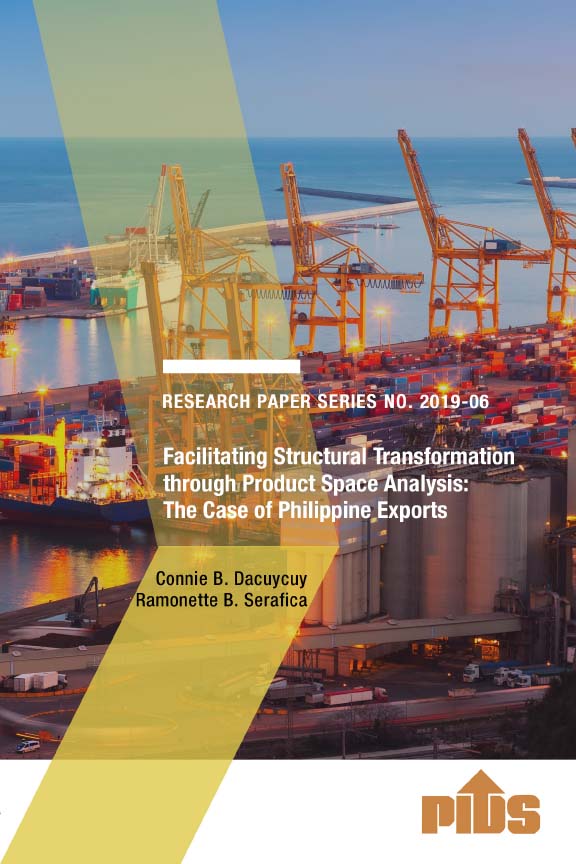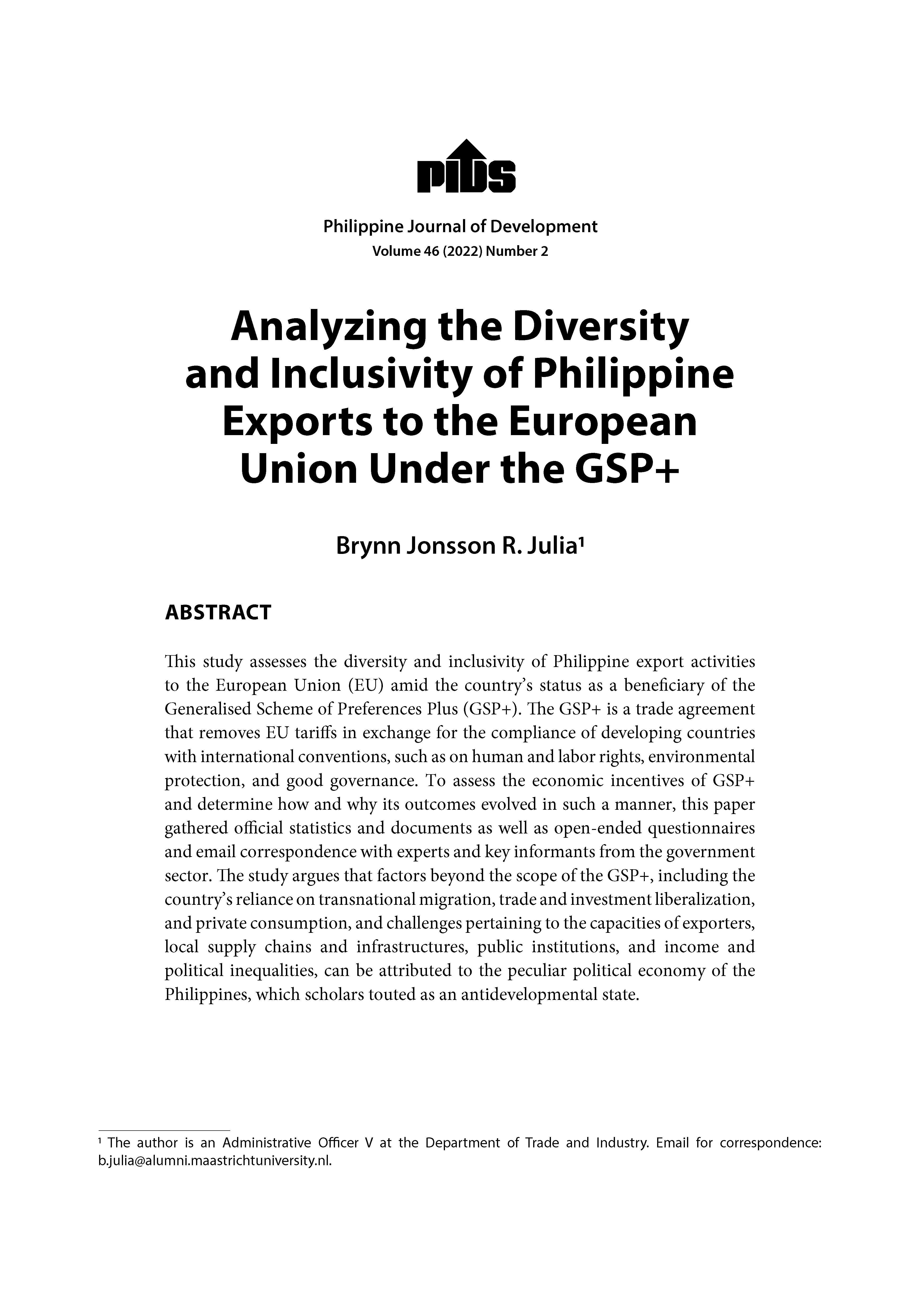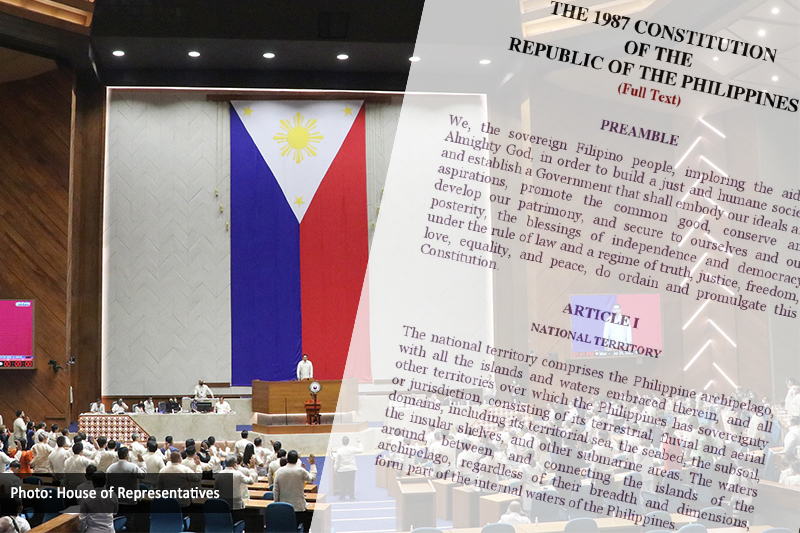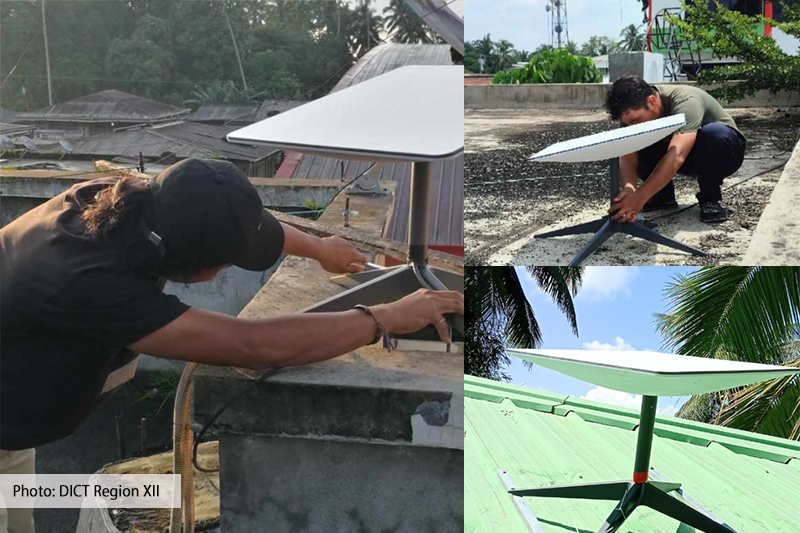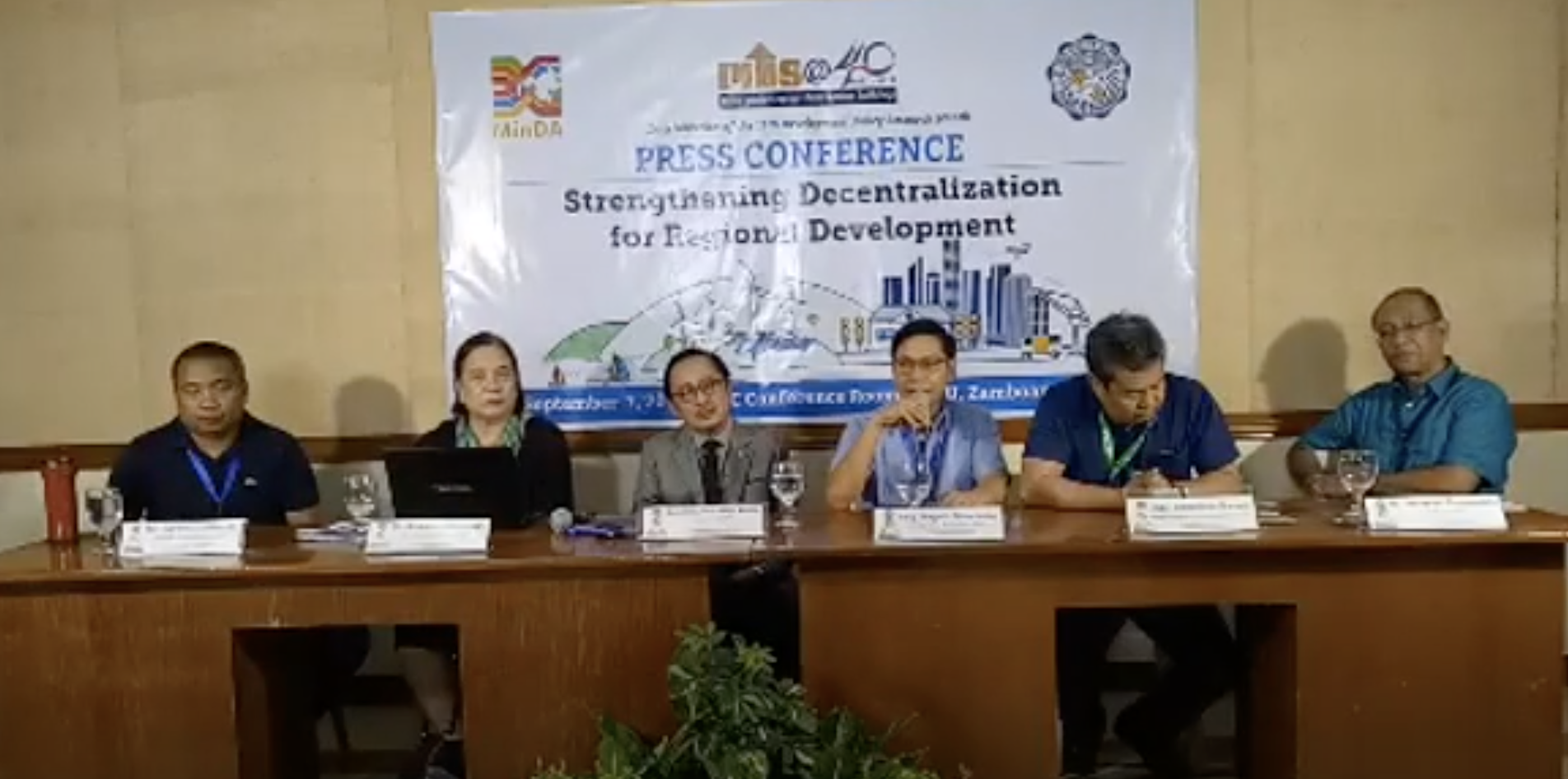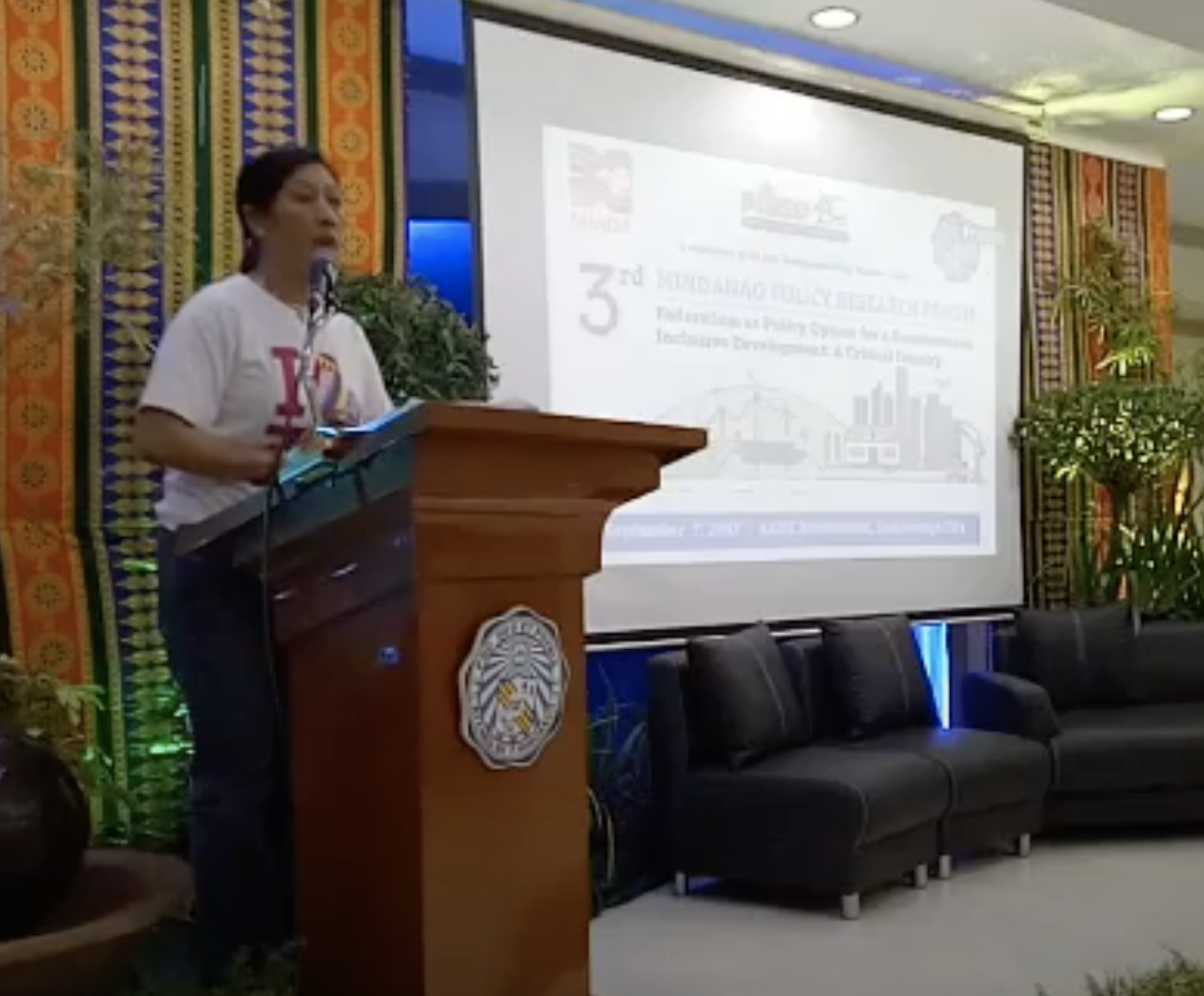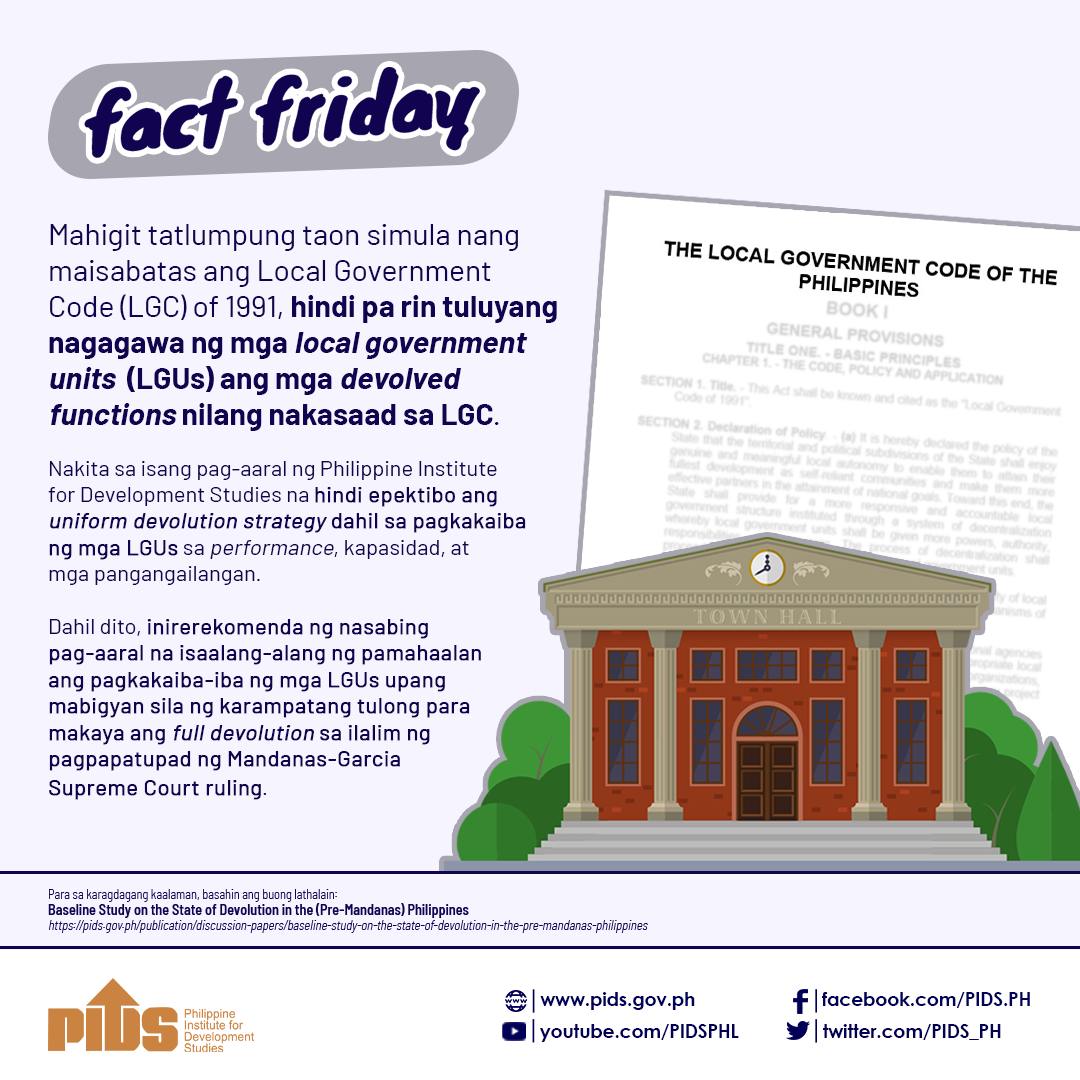ZAMBOANGA CITY -- The Zamboanga Peninsula is banking on the development of its "champion” products such as mango, abaca and sardines to cash in on the zero tariffs granted under the European Union-Generalized Scheme of Preferences Plus (EU-GSP+), to which the Philippines was admitted in December.
Department of Trade and Industry (DTI) Regional Director Sitti Amina M. Jain said the agency is helping small and medium enterprises (SMEs) develop products to make the region a key exporter to the EU, acknowledging the big gap between market potential and local capacity.
"DTI is looking at the opportunities in terms of expansion of businesses, and the industries, therefore expanding opportunities for employment. We are looking at 200,000 jobs (nationwide) to be generated by the (GSP+) scheme,” Ms. Jain said.
There are about 30,000 registered SMEs in the region.
Processed mango, for example, which is charged between 5% to 11% tariff under the regular GSP program, is one of the Philippine products that can now enter the EU market at zero tariff.
Zamboanga Peninsula, or Region 9, was the country’s number two producer of fresh mango in 2013, based on data from the Philippine Statistics Authority.
However, the majority of SME mango processors in the Philippines are located in Metro Manila and Cebu, according to a February 2013 study by the Philippine Institute for Development Studies.
Michael Vincent Cajulao, DTI Region 9 information officer, said the agency is cooperating with other government departments such as the Department of Science and Technology and the Food and Drug Administration in product development and standards.
"Once we get in, even in just one of the 28 member countries, it will be easier for us to get into other markets,” Mr. Cajulao said in a phone interview.
The EU-GSP+ will only be in effect within the next six to 10 years.
For abaca, another GSP+ item that used to be charged a 4.8% tariff, stakeholders in the region met with the DTI in January to consolidate a plan of action for the sector’s sustainable growth.
Region 9’s abaca production, based on data from the Bureau of Agricultural Statistics, more than doubled in 2011 to 631 metric tons (MT), grew to 675 MT in 2012 at 675 MT, but declined in 2013 to 589 MT.
The Philippine’s abaca exports, with have the United Kingdom as their biggest importer, enjoyed a 20.7% increase last year in the 11 months to November compared to the same period a year earlier. The Bicol region cornered the biggest share at 41%, followed by Eastern Visayas with 19.4% share and the Autonomous Region in Muslim Mindanao, 10.7%.
Sardines, a major fish catch in the region, is another potential sector for growth with preserved sardines now down to zero tariff from the previous 9%.
However, Roberto A. Baylosis, executive vice-president of the Southern Philippines Deep Sea Fishing Association, Inc. (SOPHIL), said that existing government processes are not conducive to business growth.
"My personal opinion of what the commercial fishing industry would need from the government at this point is to eliminate, if not reduce, the burden to the commercial fishing due to too much red tape being enforced by the different government agencies concerned,” Mr. Baylosis said in an e-mail interview with BusinessWorld.
"Instead, (we must) continue and maintain the science-based study of fisheries for adoption of conservation measures and proper management, including an information campaign for the commercial fishing operators as to the correct period and the appropriate area of the fish stocks suitable for harvest,” he added.
The Zamboanga City-based SOPHIL is composed of 12 commercial fishing companies operating within domestic waters and engaged mainly in harvesting only for the local market.
There are fish canning factories operating within the Zamboanga City Special Economic Zone.
Zamboanga Peninsula -- composed of the provinces of Zamboanga del Norte, Zamboanga del Sur, and Zamboanga Sibugay and the chartered city of Zamboanga -- saw a slowdown in its gross regional domestic product growth to 4.3% in 2013 from 12.9% the previous year due in part to power supply shortages and the impact of the three-week siege of Zamboanga City by members of the Moro National Liberation Front in September 2013. -- with a report from Marifi S. Jara

